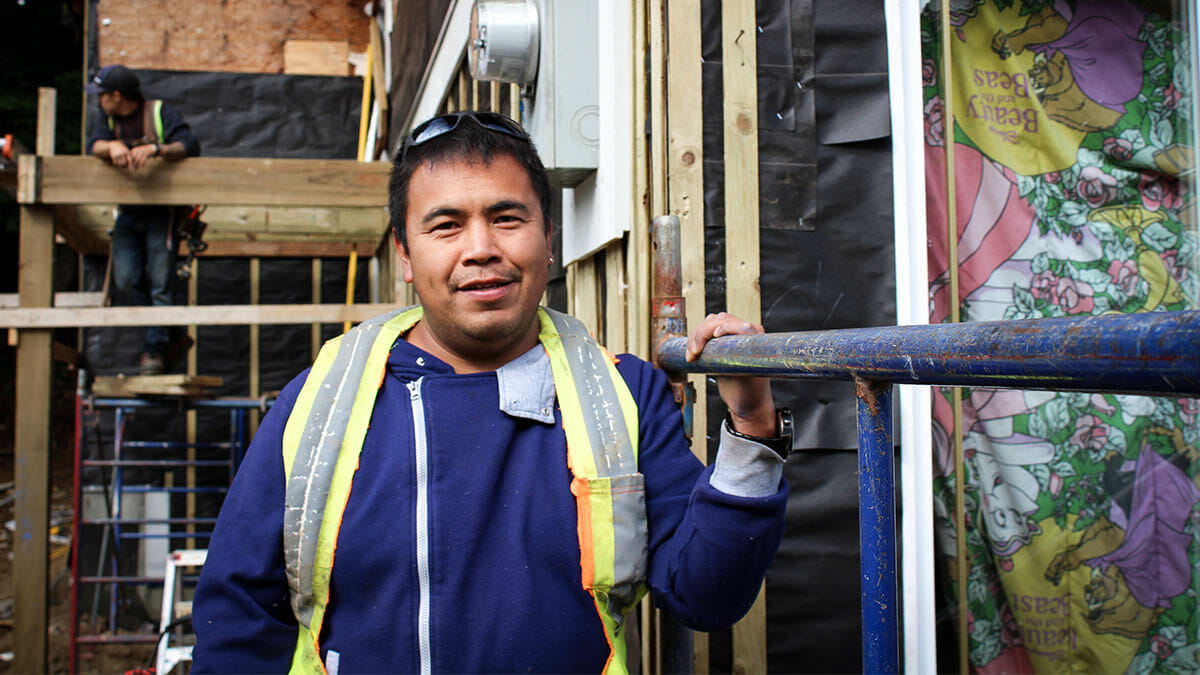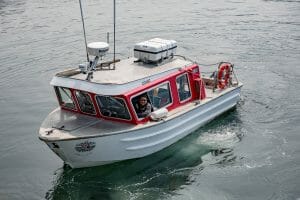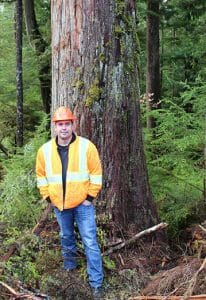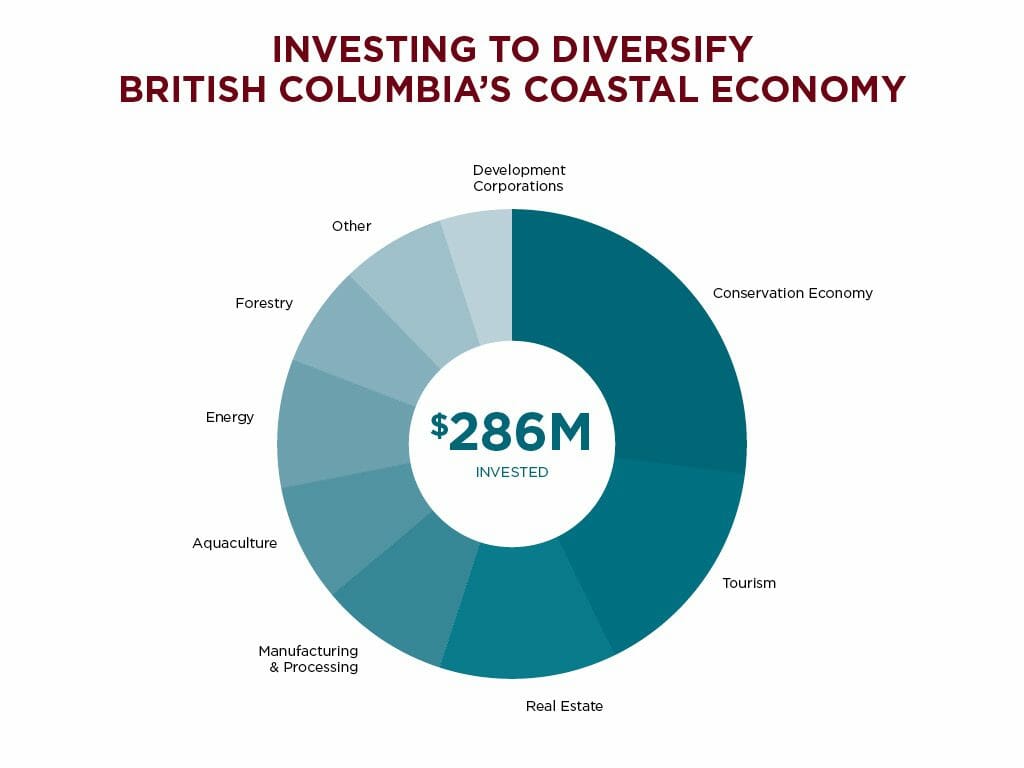Estimated Reading time

3 Mins
First Nations Diversify Economies for Resilience and Sustainability

When Coast Funds was created in 2007, the need for communities to diversify from single-resource economies had long been recognized by First Nations in the Great Bear Rainforest and Haida Gwaii.
For millennia Nations have carefully stewarded their abundant natural resources to the benefit of their members. The Haida follow the principle of Yah’guudang, which describes respect for all living things and the interdependence that binds us; the Gwa’sala and ’Nakwaxda’xw Peoples are guided by the principle of Oweetna-kula, meaning “We are one with the land and sea we own.”

But colonization brought the introduction of new economies that rapidly and unsustainably extracted resources. Little benefit was returned to the Nations in whose territories the many mills and mines operated. When sectors like logging or fishing saw a downturn, First Nations communities would often bear the brunt. Community members frequently had to leave to find work in bigger centres.
Today, First Nations are leading the revitalization of their economies and ensuring resilience through diversification. With support from Coast Funds, as well as many partnerships and leveraged investments, First Nations have today invested over $286 million into the diversification of their economies.
For example, K̓awat̕si Economic Development Corporation (KEDC), owned by the Gwa’sala-’Nakwaxda’xw Nations, owns seven distinct businesses, that employee many members from their own and neighbouring First Nations. All the businesses are operated sustainably, and benefits are returned to the Nations.
Eddie Walkus, a Gwa’sala-’Nakwaxda’xw member, works for KEDC’s water taxi business. He used to drive a truck, having to travel long distances from his community. Today, he says he is thankful to have a position that allows him to spend so much in the homelands of his Nations.
By investing in a range of economic sectors—from tourism, to aquaculture, to forestry, to manufacturing—First Nations in the Great Bear Rainforest and Haida Gwaii are strengthening their economies and reducing community reliance on single industries. Diversification is helping to build resilient economies by protecting communities against a downturn that might occur in a single industry.
It provides another source of jobs in the community, in particular for the youth. It’s often an entry point for young people, especially ones that don’t want to work in other industries, it gives them an alternative.
Investment into the conservation economy, which includes stewardship programs, restoration projects, marine and land-use planning and more, means that Nations are once again able to steward the ecosystems and resources of their territories. Guardian Watchmen and other stewardship programs provide meaningful employment and training for community members, but also enhance environmental well-being.

Tourism has also been a growing sector of many First Nations’ economies. Spirit Bear Lodge, for example, is the second largest employer in the Kitasoo/Xai’xais community of Klemtu (Klemdulxk). It provides employment for youth and women that may be under-represented in other sectors.
“It provides another source of jobs in the community,” says Larry Greba, director of the Kitasoo Development Corporation. “In particular for the youth in the community. It’s often an entry point for young people, especially ones that don’t want to work in other industries, it gives them an alternative.”
And on Haida Gwaii, business like Taan Forest ensure that the Nation can enforce its environmental mandate through its own operations. “In terms of forest management practices, we operate under the toughest environmental mandate on the Coast,” explains Bob Brash, CEO of Taan’s parent corporation, HaiCo. The Haida Nation created HaiCo in 2009 which now owns assets worth in excess of $22 million including five businesses that employ more than 350 people.
Diversification of First Nations economies means supporting innovative businesses, creating conservation capacity, growing employment and skills training for community members, and ensuring benefits from business are returned to the Nations and their community members.
Learn more about economic diversification and other community well-being outcomes of First Nations-led projects supported by Coast Funds.


